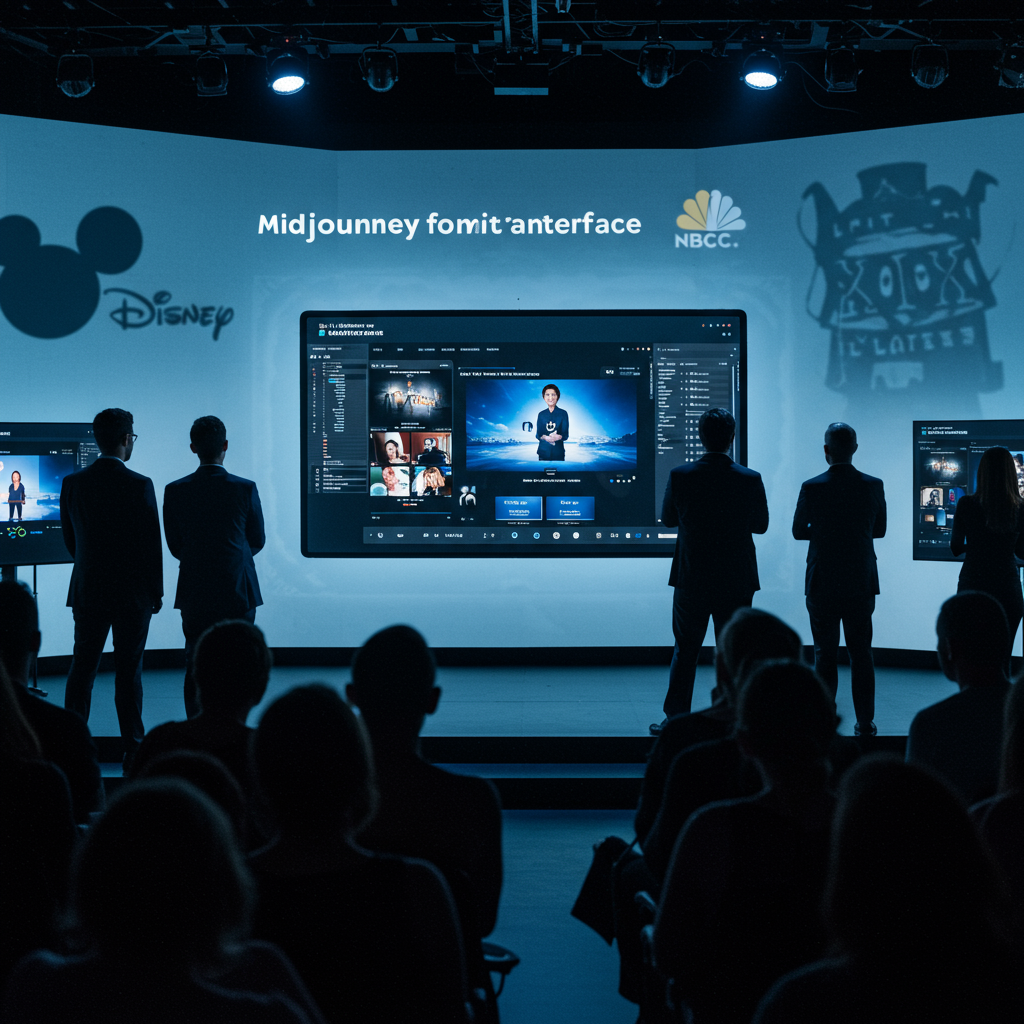Nintendo Switch 2 Display Issues: Slow Response Times Could Affect Gaming
Nintendo’s next-generation handheld, the Switch 2, is generating significant buzz, but initial reports and technical testing suggest its display panel might have a notable weakness: slow pixel response times. This could potentially impact the visual experience, particularly for fast-paced games or even standard 60 frames per second gameplay, despite the screen otherwise offering promising technical specifications.
Early claims from a Chinese reviewer named Chimolog alleged the Switch 2’s 1080p, 7.9-inch LCD display suffers from an “abysmal” average response time of around 17 milliseconds, with values ranging from a best of 8.88 ms to a sluggish 27.46 ms. While the methodology for these initial tests wasn’t fully detailed, other independent testing appears to corroborate concerns about slow pixel transitions.
Technical Tests Reveal Significant Motion Blur
More in-depth technical analysis, comparing the Switch 2’s LCD directly to the original Switch LCD, found the issue to be even more pronounced. Using a gamma-corrected grey-to-grey methodology similar to monitor testing, the Switch 2 screen showed an average response time of approximately 33 milliseconds, with some transitions taking over 40 ms. Testers described this as “atrocious” and among the slowest displays they had ever measured.
What does a slow response time mean for gaming? It directly results in severe motion blur and ghosting. When pixels can’t change color fast enough between frames, moving objects on screen leave distracting trails. Testing using motion clarity tools like the Blur Busters UFO Test revealed extreme smearing behind moving images on the Switch 2 display, making the picture unclear during motion. This level of blur is reportedly much worse than on the original Switch LCD and significantly trails behind modern gaming monitors or even OLED panels.
Essentially, a response time exceeding the duration of a single frame causes motion artifacts. For 60 Hz (60 FPS) content, a frame lasts about 16.67 ms. With average response times hitting 17 ms (in one test) or even 33 ms (in another), the Switch 2’s pixels are simply not quick enough to keep up, failing to achieve ‘refresh rate compliance’ even at 60 Hz. This means transitions from one image frame to the next take longer than the frame itself is displayed, leading to noticeable blurring.
Why So Slow? Likely Design Choices
Experts speculate that this unusually slow response time for a modern display, especially one supporting up to 120 Hz, is likely a result of Nintendo’s design choices. The most probable reason is the omission of display overdrive technology. Overdrive applies a temporary voltage boost to pixels to accelerate their transition speed, a common technique in LCD panels. Skipping this feature, or using very conservative voltage tuning, could be a deliberate decision by Nintendo to prioritize battery life.
Beyond Response Time: Other Display Strengths
Despite the significant drawback in motion performance, the Switch 2’s screen isn’t entirely without merit. Other display characteristics measured in testing appear quite strong:
Higher Brightness: The Switch 2 LCD reaches approximately 430 nits peak brightness, an improvement over the original Switch LCD’s roughly 320 nits.
Improved Reflection Handling: The new display reportedly handles reflections much better than the original Switch, which can improve perceived contrast and visibility in bright environments.
Wide Color Gamut: The screen boasts excellent color coverage, covering nearly 100% of the sRGB and DCI-P3 color spaces. This allows for more vibrant and accurate colors in games designed for wider gamuts, although older games designed for the original Switch’s narrower gamut (Rec. 709) may appear oversaturated without proper color management.
Solid Contrast: Achieving a contrast ratio around 1060-1300:1, the panel offers typical contrast for an IPS LCD.
- Higher Resolution & Refresh Rate: It features a sharper 1080p resolution and supports up to 120 Hz refresh rates and Variable Refresh Rate (VRR), though slow response times limit the benefit of higher refresh rates for motion clarity.
- www.tomshardware.com
- www.techspot.com
- www.indiatodaygaming.com
- www.tomshardware.com
- www.tomshardware.com
Additionally, some initial reports noted a potential issue with text readability due to a “special RGB” subpixel layout that causes text to appear slightly blurry, similar to issues on some OLED panels.
Comparing to the Original Switch and Competitors
Comparisons to the original Switch LCD are mixed. While one test suggested the original Switch was ~10 ms faster than the Switch 2’s ~17ms average, another independent test showed the original Switch LCD at ~21ms average vs. the Switch 2’s ~33ms. Regardless of the exact numbers, multiple sources indicate the Switch 2’s LCD has significantly slower pixel response times and worse motion blur than its predecessor.
Compared to modern handhelds like the Steam Deck OLED or even the Switch OLED model (if Nintendo releases one), which use fast OLED panels with near-instantaneous pixel response, the Switch 2’s LCD appears to be a step down in motion clarity.
Interestingly, while the display’s pixel performance might be a concern, the console itself appears built tough. Durability testing has shown the screen can withstand considerable physical stress, suggesting it’s robust against drops and impacts.
Market Reality vs. Display Performance
Despite these display limitations, particularly the slow response time and resulting motion blur, it’s unlikely to significantly hinder the Switch 2’s commercial success. The console has already broken sales records, driven primarily by Nintendo’s incredibly popular exclusive game franchises that are unavailable elsewhere. For the majority of casual players, the impact of motion blur may not be as noticeable or bothersome as for enthusiasts or competitive gamers.
However, for those sensitive to motion clarity, or hoping for a visual fidelity leap commensurate with the console’s expected performance improvements, the display’s slow response time is a definite letdown. It raises speculation that Nintendo might be planning a higher-tier model, perhaps featuring a faster OLED display, in the future to address these concerns.




